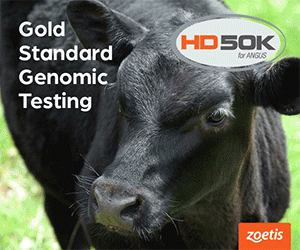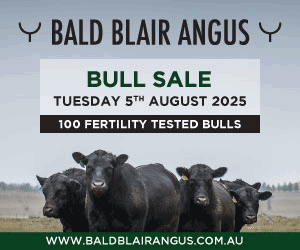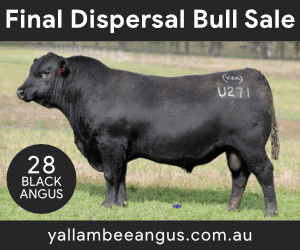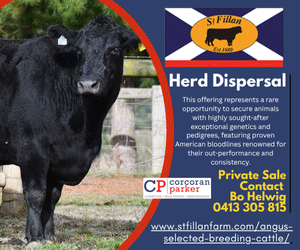Collecting 600 Day Weights
Live weights taken on animals when the average age of the contemporary group is between 501 and 900 days of age are used to calculate 600 Day Weight EBVs within the TransTasman Angus Cattle Evaluation (TACE).
Recording 600 day weights
All weights should be recorded using appropriate (and accurate) scales. Do not guess/estimate weight or use measuring tapes to calculate weight. Either weigh the animals using appropriate scales or don’t record weights. Weights should be recorded to the nearest kilogram.
When should 600 day weights be collected?
The 600 day weight for an animal needs to be recorded when the average age of their contemporary group is between 501 and 900 days of age. Within this age range, a date should be chosen that fits in with normal, routine management practices (e.g. pregnancy testing heifers) and is reasonably close to when the average age of the group of animals is 600 days of age. TACE provides suggested weigh dates to assist you when making this decision. Animals do not need to be weighed when they are all individually 600 days of age on the day of weighing, but rather the whole contemporary group
weighed when the average age of the group is approximately 600 days (i.e. 20 months).
Important considerations when collecting 600 day weights for heifers
Recording 600 day weights on heifers that are in the later stages of pregnancy can cause significant bias to the 600 Day Weight EBVs that are calculated due to variation in live weight being incorrectly attributed to differences in growth genetics.
The additional weight at each stage of pregnancy in an Angus heifer resulting from a 39kg calf (at birth) is outlined in the table below.
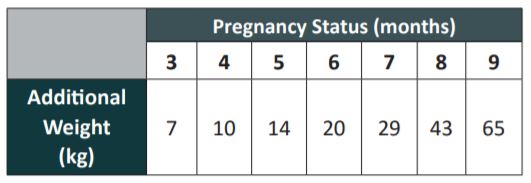
If heifers are being calved down at 2 years of age, as is usually the case in Angus breeding enterprises, consideration can be given to collecting 600 day weights for heifers at an earlier age (e.g. 550 days of age, or commonly pregnancy testing) when the effect of pregnancy status on weight is minimal.
- 600 day weights should be collected for all animals in a contemporary group. Only recording 600 day weights for a subset of animals is of no value and can lead to biased 600 Day Weight EBVs.
- All animals in a contemporary group should be weighed on the same day. TACE will not directly compare the 600 day weights of animals that have been weighed on different days.
- 600 day weights should be collected when animals are in as large a group as possible. Consequently, try to collect 600 day weights before any of the animals in a management group are treated differently. ◊If selling bulls at 18 months of age, consideration can be given to collecting an early 600 day weight before these bulls have been sold. Animals can be weighed for 600 Day Weight EBVs from 500 days of age onwards (ie. 16-17 months).
- There is no requirement to curfew or “empty out” animals prior to weighing for TACE. Care however should be taken to ensure that the weights of some animals are not unduly affected by significant differences in the length of time off feed and water prior to weighing.
Click here to print
Angus Australia acknowledges the funds provided by the Australian Government through the Meat & Livestock Australia Donor Company (MDC).
This resource was created as a result of a collaboration between Angus Australia and Meat & Livestock Australia Donor Company (MDC) (Project P.PSH.1063).

